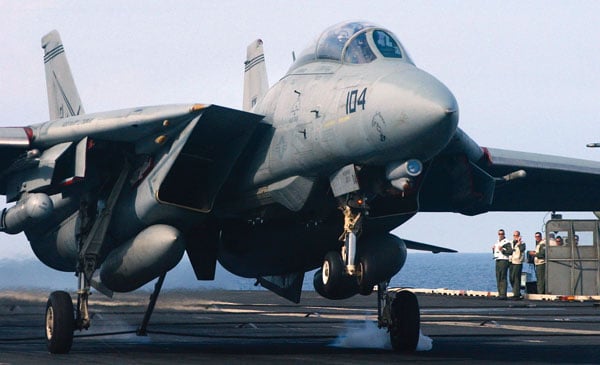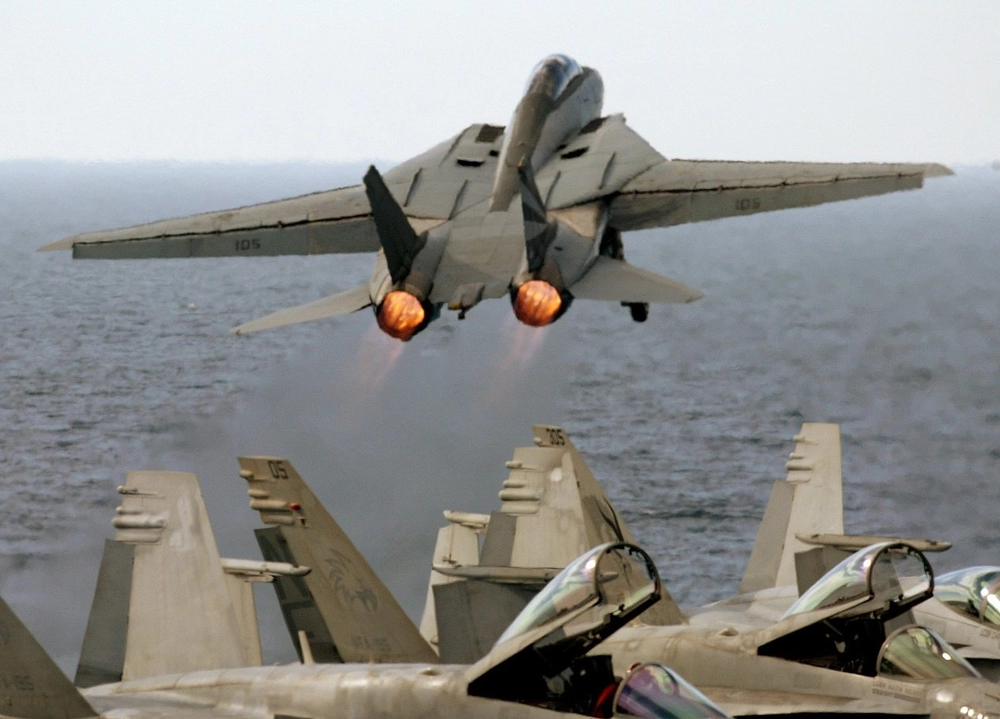Building the F-14 ‘Super’ Tomcat 21
Why the Super Tomcat 21 Never Became a Reality
Designed to incorporate the lessons learned from air combat during the Vietnam War, the Grumman F-14 marked the beginning of the American ‘Teen Series’ of fighter jets, which eventually included the F-15 Eagle, F-16 Fighting Falcon, and the F/A-18 Hornet.
During its three decades in service with the United States Navy, the F-14 Tomcat more than lived up to the role it was initially designed for, making a significant impact in combat and even gaining fame in the film “Top Gun.”
The carrier-based multi-role fighter was developed after the United States Congress halted the development of the F-111B and the Tactical Fighter Experimental (TFX) program. The F-111B, modified to meet Navy mission requirements, was deemed too heavy for carrier operations, leading to the cancellation of the contract in April 1968. Subsequently, the Navy initiated a new design contest for what was termed the VFX program, with McDonnell Douglas and Grumman as the primary competitors. Grumman’s design emerged victorious, and thus, the “Tomcat” was born.
The F-14, which made its maiden flight in 1970, arrived as a supersonic, twin-engine, variable-sweep wing, two-seat fighter designed to engage enemy aircraft in all weather conditions and at night.
Over the years, there were multiple efforts to significantly improve this “hepcat,” including the F-14D Super Tomcat, the final variant. The F-14D was notable for its enhanced ability to engage multiple targets, thanks to extensive changes in avionics and displays.
However, these upgrades coincided with a changing world. The Cold War came to an end, and in 1989, after massive cost overruns and significant delays, then-Secretary of Defense Dick Cheney made the decision to halt the purchase of any more F-14Ds. At the time, this decision appeared reasonable. Consequently, the Navy received only thirty-seven of the new F-14D Super Tomcats, while eighteen older F-14A models were upgraded to the D-models, designated as F-14D(R) for rebuild.
The Super Tomcat 21 could have been the next chapter in the Tomcat’s story, but it was not meant to be. If the Soviet Union had not collapsed in the early 1990s, an advanced version of the Tomcat might have taken to the skies.
Described as an “evolutionary” upgrade of the F-14, the ST21 (Super Tomcat for the 21st Century) would have added more fuel capacity and even an active electronically scanned array (AESA) radar developed for the canceled A-12 attack aircraft.
The ST21 essentially originated from a previous proposal made by Northrop Grumman after the A-12 program was terminated. It was initially called the Tomcat Quick Strike, intended to upgrade existing F-14s with high-end navigation and targeting pods similar to the United States Air Force’s LANTIRN system, as well as enhanced ground attack modes for the F-14D’s APG-71 Radar.
These modifications could have endowed the Tomcat with true super-maneuverability, sustained speed, and improved acceleration. Similar to the Tomcat Quick Strike, the new ST21 would have been capable of carrying targeting and navigation pods, providing it with true multirole fighter capabilities.
A former U.S. Navy test pilot suggested that the Super Tomcat 21 could have outperformed even the F/A-18 Super Hornet in various aspects. Kevin Mason, a former US Naval Test Pilot School and TOPGUN Graduate, stated, “The F-14D yes, it would in every area except reliability and turn performance (with equivalent combat loads the Tomcat was actually better than the F/A-18) but to truly understand what could have been, you need to look at the Super Tomcat 21.”
Mason further indicated that the ST21 could have been a complete redesign of the original with modern technology, including fly-by-wire. However, as fate would have it, the old cat did not get that extra life. The Navy chose to fill the role of fighter/attack aircraft with the F/A-18E/F Super Hornet, and the F-14 Tomcat was finally retired on September 22, 2006.
Hits: 16








